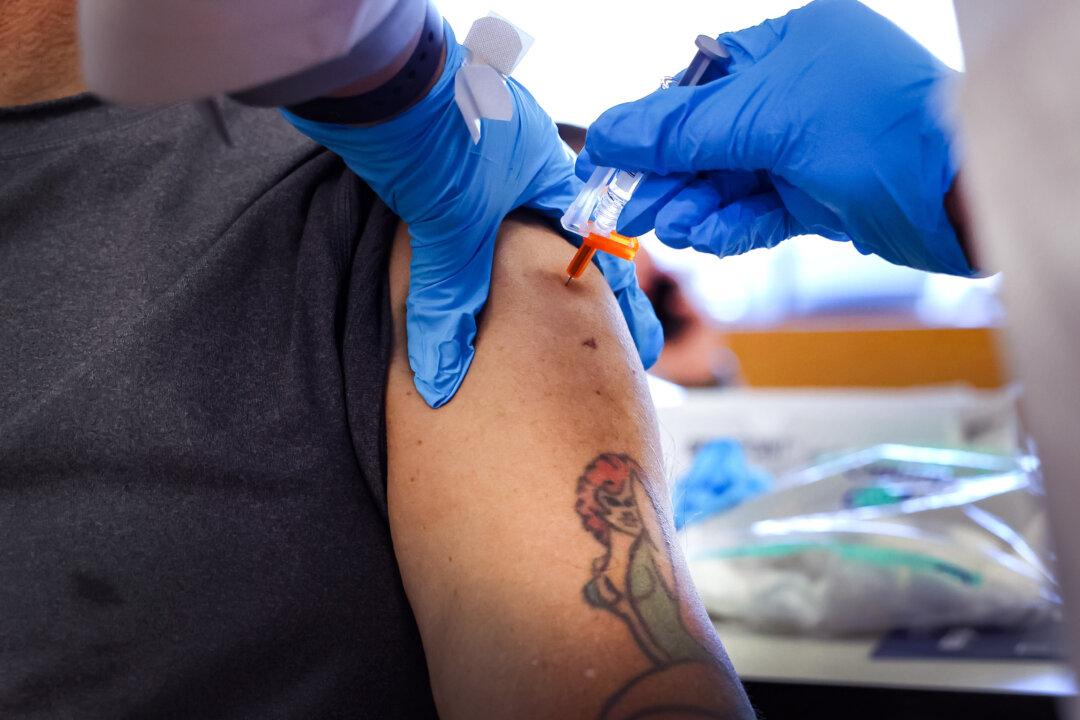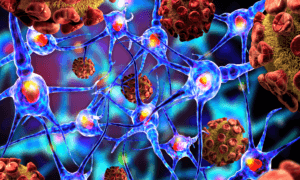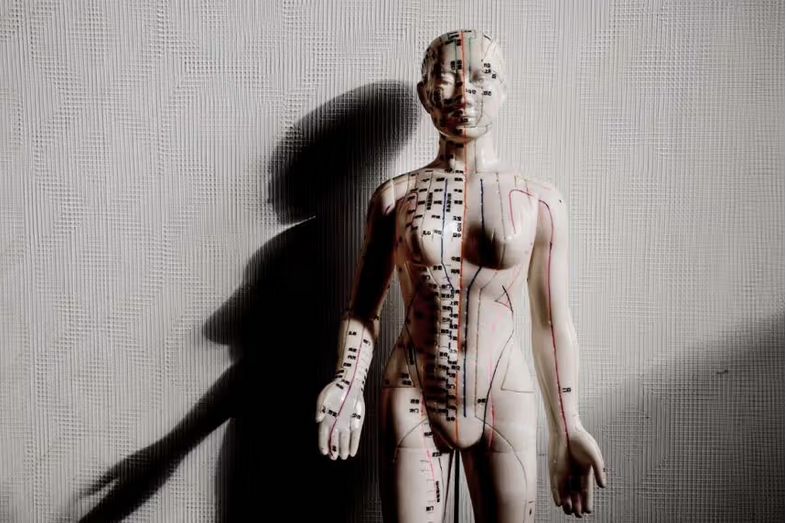Getting COVID-19 and influenza vaccines at the same time led to higher risk of stroke, researchers find.

Some people who received a COVID-19 vaccine were at higher risk of stroke but an analysis found that the risk was connected to influenza vaccination, U.S. Food and Drug Administration (FDA) researchers said in a new study.
The researchers, analyzing data from Medicare, detected an elevated stroke risk among the elderly following receipt of a bivalent COVID-19 vaccine made by Pfizer and Moderna and available from the fall of 2022 to the fall of 2023. There was an elevated risk of nonhemorrhagic stroke or transient ischemic attack in people 85 or older following Pfizer vaccination and people aged 65 to 74 following Moderna vaccination, the researchers found.
But the researchers then looked at which people received an influenza shot at the same time as a COVID-19 shot and saw that the elevated risk only persisted among people who received the vaccines concomitantly.
“This finding suggests that the observed association between vaccination and stroke in the concomitant subgroup was likely driven by a high-dose or adjuvanted influenza vaccination,” Steven Anderson, director of the Office of Biostatistics and Epidemiology at the FDA, and the other researchers wrote.
High-dose influenza vaccines are primarily for the elderly, while adjuvanted influenza vaccines are another type of flu shot.
The researchers also found an elevated risk of nonhemorrhagic stroke among people who received an influenza vaccine and did not get a COVID-19 vaccine, supporting the finding.

“The clinical significance of the risk of stroke after vaccination must be carefully considered together with the significant benefits of receiving an influenza vaccination,” the researchers said, adding later that “more studies are needed to better understand the association between high-dose or adjuvanted influenza vaccination and stroke.”
The study was published by the Journal of the American Medical Association. It was previously filed as a preprint.
Limitations include the exclusion of cases with COVID-19 in the 30 days prior to stroke as well as the restriction of the study to vaccinated people. The method researchers used, a self-controlled case series, used vaccinated people as both the primary group and the control group. Researchers counted strokes that occurred within 42 days of vaccination as being possibly linked to vaccination and strokes that happened between 43 days and 90 days after vaccination as unrelated to vaccination.
The paper included stroke cases between Aug. 31, 2022, and January or February 2023, depending on the type of stroke. After exclusions, 11,001 stroke cases were included.
The only conflicts of interest listed by the researchers were that some of them work for Acumen. The paper was funded by the FDA through an agreement for which Acumen is the contractor. “The FDA played a role in the design and conduct of the study; interpretation of the data; preparation, review, or approval of the manuscript; and decision to submit the manuscript for publication. The FDA did not play a role in the collection, management, or analysis of the data,” according to the study.
Previous Findings
The possible stroke risk for Pfizer’s bivalent vaccine and the elderly was first reported in early 2023. The FDA and U.S. Centers for Disease Control and Prevention (CDC) said at the time a safety signal appeared in a government monitoring system.
The CDC later said data from the system suggested the elevated risk stemmed from receiving an influenza vaccine with a COVID-19 shot.
French researchers have said they examined whether receipt of a bivalent vaccine was linked to a higher rate of stroke and other cardiovascular events than the old vaccine versions and found that receipt of the former was actually linked to a lower rate.
“At 21 days after the booster dose, we found no evidence of an increased risk of cardiovascular events among the recipients of the bivalent vaccine as compared with recipients of the monovalent vaccine,” they said in a letter published by the New England Journal of Medicine.
Drs. Kathryn Edwards and Marie Griffin of Vanderbilt University, who were not involved in the FDA or French studies, said in an editorial this week that the results of the research were reassuring but that ongoing monitoring of influenza vaccines among older adults would “provide additional data on stroke risk.”


